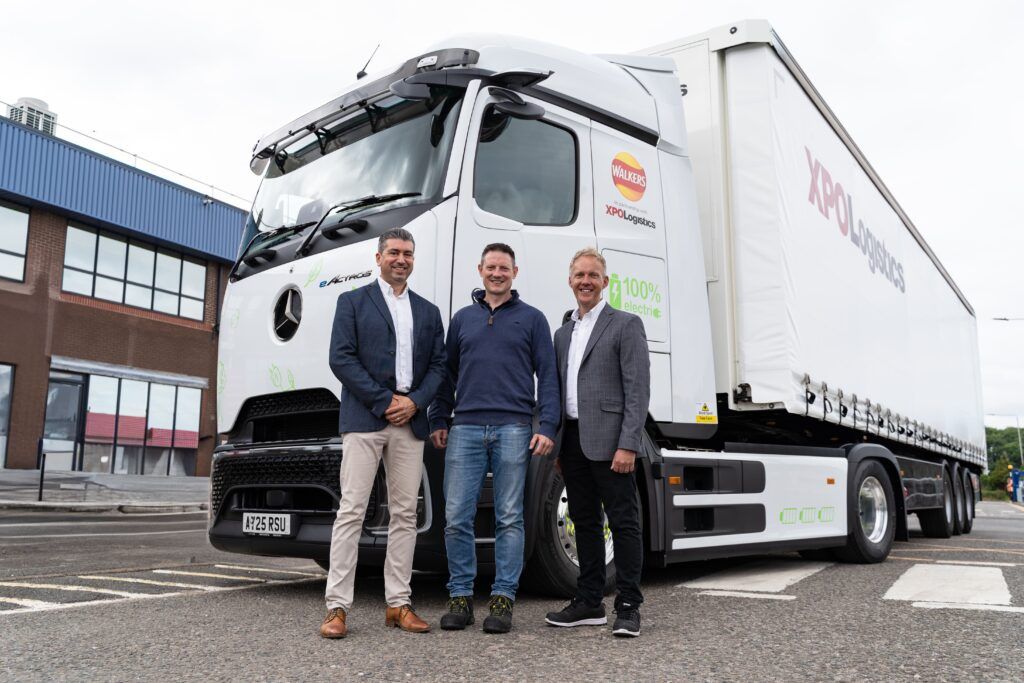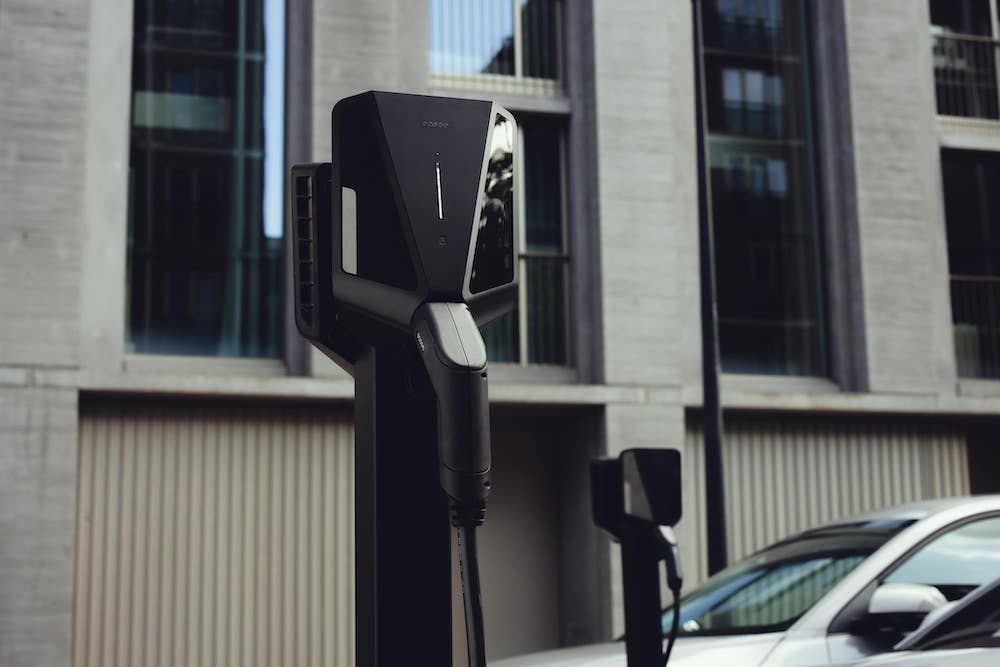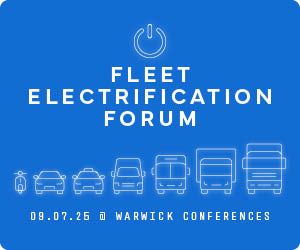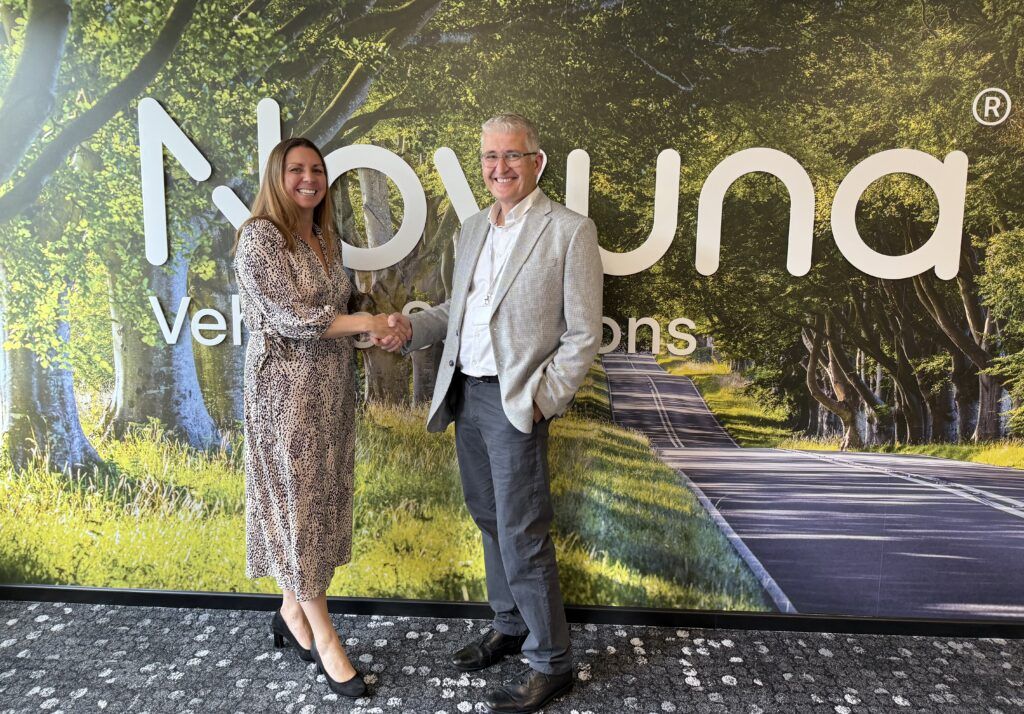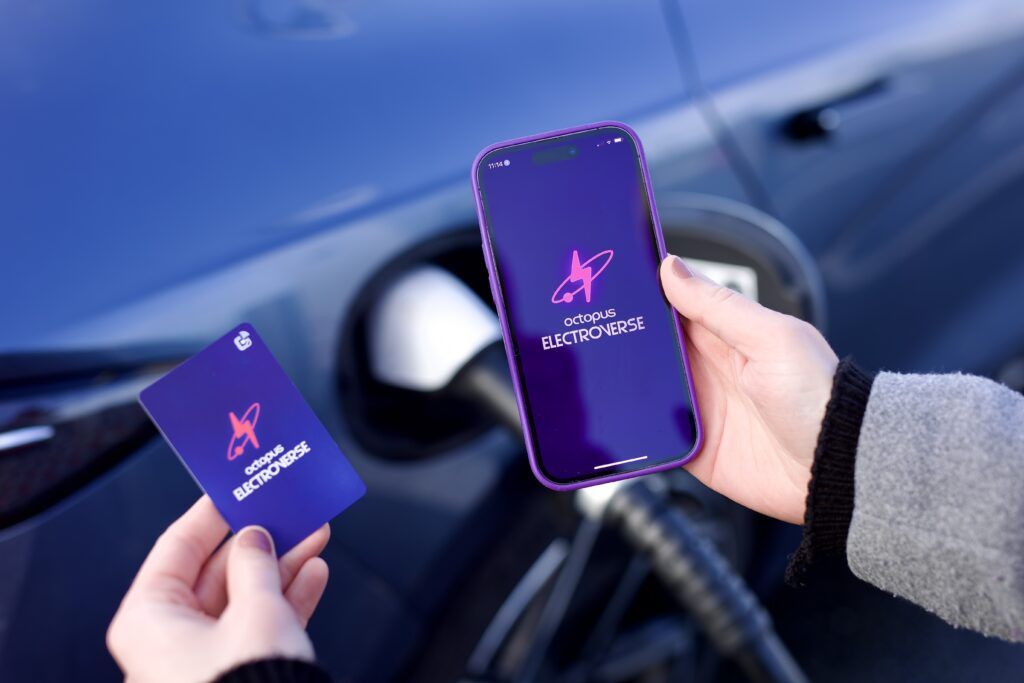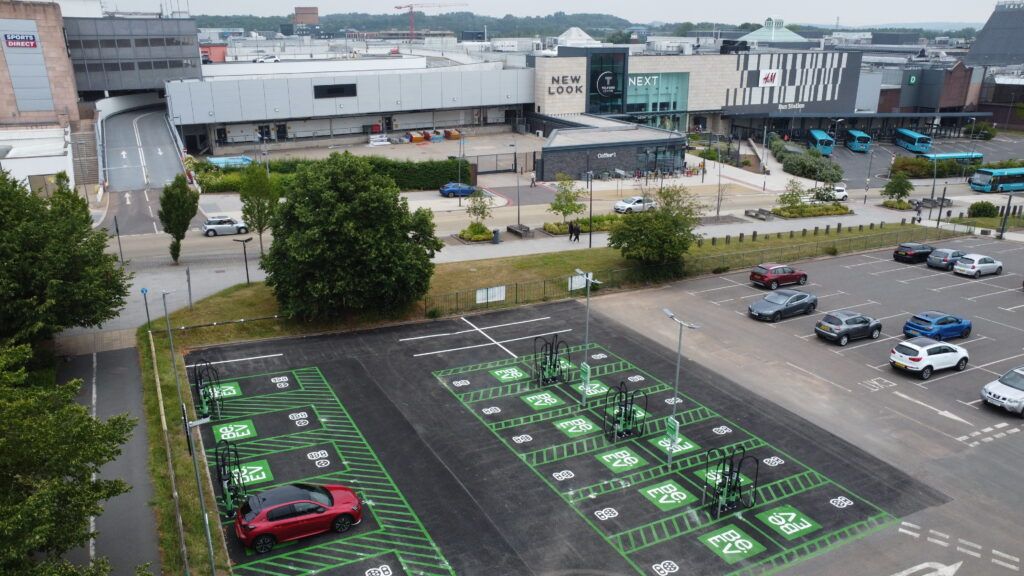Paul Jewell, system development manager at Western Power Distribution, provides an update on Take Charge – a project that aims to make rapid charging at motorway service stations easier for both service station operators and customers.
Electric Vehicles are here to stay. Data from the Society of Motor Manufacturers and Traders (SMMT) shows that it was the best year ever for EV take-up, in spite of new UK car registrations dropping to their lowest level since 1992[1].
This rise in demand meant that EVs accounted for more than one in 10 new vehicle registrations in 2020, up from just one in 30 in 2019. We expect this trend to continue over the coming years with up to three million EVs on our network alone by 2030.
While this growing appetite for EVs is hugely positive, we need to keep preparing our network ahead of the Government’s ban on the sale of conventional petrol and diesel vehicles by 2030.
The rapid charging challenge
We are certainly going in the right direction. EVs are getting cheaper and the number of charging points has increased, with WPD connecting 8,167 new chargers in 2020 alone, but many drivers are still worried about taking longer journeys due to the current lack of charging infrastructure across the UK.
Before drivers are willing to make the switch to EVs, they must be confident that there are enough chargers readily available at convenient locations to meet their varying needs.
At WPD, we’re working on a number of innovative solutions to help achieve this, including our ‘DC Share’ project which is looking at pooling spare network capacity to support an estimated 217,000 additional EV chargers by 2023. Meanwhile, our ground-breaking ‘DynaCoV’ study is assessing the feasibility of wireless, ‘on-the-go’ charging for EVs.
The infrastructure to support EV drivers must also include rapid charging solutions for those on the move. At present, the installation of rapid chargers at service stations is too expensive and disruptive for many operators, as well as requiring significant amounts of land.
To tackle this, our industry-leading ‘Take Charge’ project – launched in July last year – is exploring ways of making rapid charging at motorway service stations quicker and easier for both service station operators and customers, as well as potentially saving operators tens of millions of pounds if rolled out across the country.
A faster, easier and cheaper solution
We have invested over £1 million, in conjunction with motorway services provider Moto, to design, test and trial new technology to deliver the electrical capacity required for rapid EV chargers to be installed at service stations at lower cost.
We estimate this will create savings of almost half a million pounds for each site installation compared to the current method. That means wider savings of approximately £33m if rolled out across just 75 per cent of all existing service stations across the country.
Our approach utilises a standardised, pre-constructed and pre-packaged ‘one size fits all’ solution that will provide up to 20MVA of capacity to enable large scale, high power, rapid EV charging at service stations. Importantly, it will cater for the projected levels of demand from increased EV uptake at these locations.
Our solution also involves far less disruption for operators and customers than current methods which require complex infrastructure and take up a significant amount of space. Instead, we are developing a ‘plug and play’ solution which delivers capacity for around 40 rapid chargers per site.
The Government has called for all motorway service stations to have at least six rapid EV chargers on site in the next three years and for a total of around 6,000 across the UK by 2035. The pioneering work being done by WPD is helping to facilitate this and will be absolutely vital to meeting anticipated demand for EVs over the coming years.
EVs and beyond
Our proposed solutions have potential that goes beyond EV charging infrastructure. Our technology can integrate with battery energy storage solutions and distributed generation, making it valuable as a temporary capacity upgrade on networks. This would enable it to be used as a quick solution where load has grown ahead of estimates, allowing for more comprehensive network upgrades to be developed and delivered over time.
As the Government continues to push forward with its ambitions to achieve net zero by 2050, our cutting-edge solutions will be key to unlocking the mass adoption of electric vehicles – a core element of their wider plans. We look forward to continuing to play our part in these developments as we all prepare for a smarter, greener and exciting energy future.
Image courtesy of Western Power Distribution. Copyright: Richard Stanton.
[1] https://media.smmt.co.uk/december-2020-new-car-registrations/




